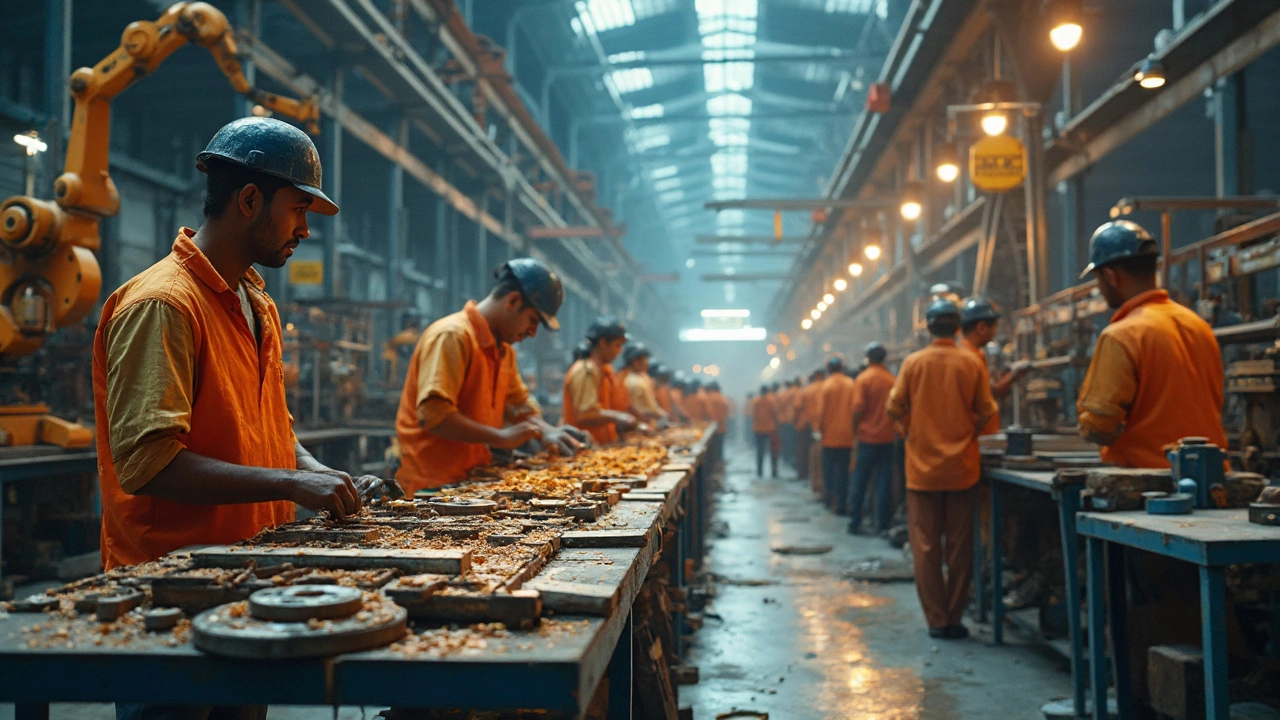Government Schemes Driving India's Manufacturing Growth
When talking about government schemes, policy programs launched by the Indian government to catalyze industry development. Also known as public incentive programs, they provide subsidies, tax breaks, and credit guarantees to lower entry barriers for manufacturers. Key examples include Make in India, a national campaign that encourages domestic production and foreign investment, and the Production Linked Incentive (PLI), which ties financial rewards to output milestones. Another pillar is the Skill Development Initiative, aimed at upskilling the workforce to meet modern factory demands. Together, these programs encompass financial incentives, regulatory facilitation, and talent development, creating a fertile ecosystem for new and existing manufacturers.
How These Schemes Translate into Real‑World Opportunities
Each scheme nudges a specific segment of the manufacturing chain. The MSME Credit Guarantee Scheme, for instance, reduces collateral requirements for small‑scale producers, which directly fuels the rise of startup ideas like those covered in “Top Product Ideas to Invent for a Successful Manufacturing Startup.” The PLI program has already propelled sectors such as pharmaceuticals—evident in the surge of companies like Sun Pharma—and plastics, where “Best Plastic Manufacturers 2025” highlights firms benefiting from export‑oriented incentives. Skill Development directly powers high‑tech hubs like Bangalore, the “Electronics City of India,” by supplying a pipeline of trained engineers for semiconductor and electronics assembly lines. These connections illustrate that government schemes shape everything from product design to export logistics, influencing everything from “Why Are Indian Cars Expensive?” to “Is India Manufacturing Semiconductors?”
Understanding the landscape of these policies gives you a head start on spotting funding routes, compliance checkpoints, and market‑entry timing. Below you’ll find a curated collection of articles that dive deep into the sectors and trends unlocked by these initiatives—whether you’re scouting for pharma export opportunities, evaluating plastic waste reduction incentives, or planning a low‑cost manufacturing base in the US. Use this knowledge to match your business goals with the right scheme and accelerate your growth.




